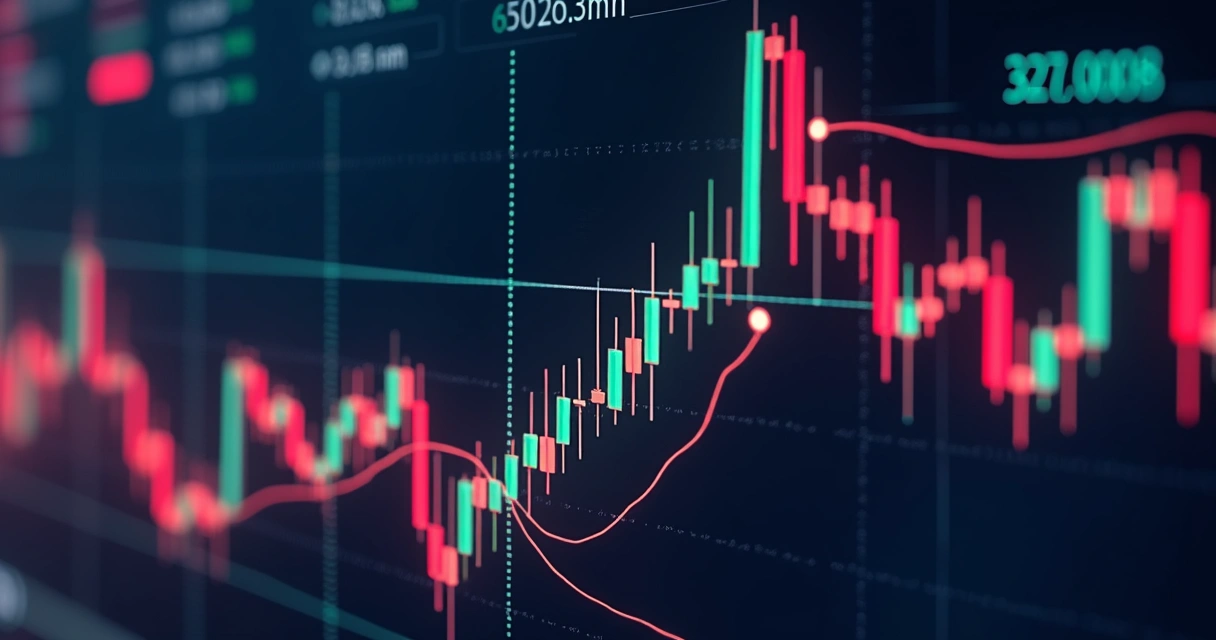Trading isn’t just about profit and loss. Beneath every price on the screen, something deeper is always happening, a shifting tide of participation and conviction. When people say, “follow the money,” most don’t realize how literal that advice is on the charts. The heartbeat of all that activity? It’s called trading volume.
Traders at all levels, from rookies with demo accounts to professionals backed by programs like Institutional Trading Academy, quickly learn that ignoring traded quantity is, frankly, like sailing blind in fog. Still, many underestimate the power and subtlety carried by each traded contract, share, or lot. Why is what happens beneath the candle so revealing? Why do some call volume “the tape” you must always watch? This guide tells a full and honest story, weaving methods, practical tips, common mistakes, and a realistic assessment, not only of what to look for, but why it matters.
What trading volume really means and why it matters
Trading volume refers to the total number of units traded in a market, over a particular period of time. This number—sometimes huge, sometimes barely noticeable—offers a window into activity, liquidity, and intent. But what exactly are traders, analysts, and risk managers trying to see in this flood of numbers? Why do so many firms, including learning platforms like Institutional Trading Academy, treat these data as central to their training and strategies?
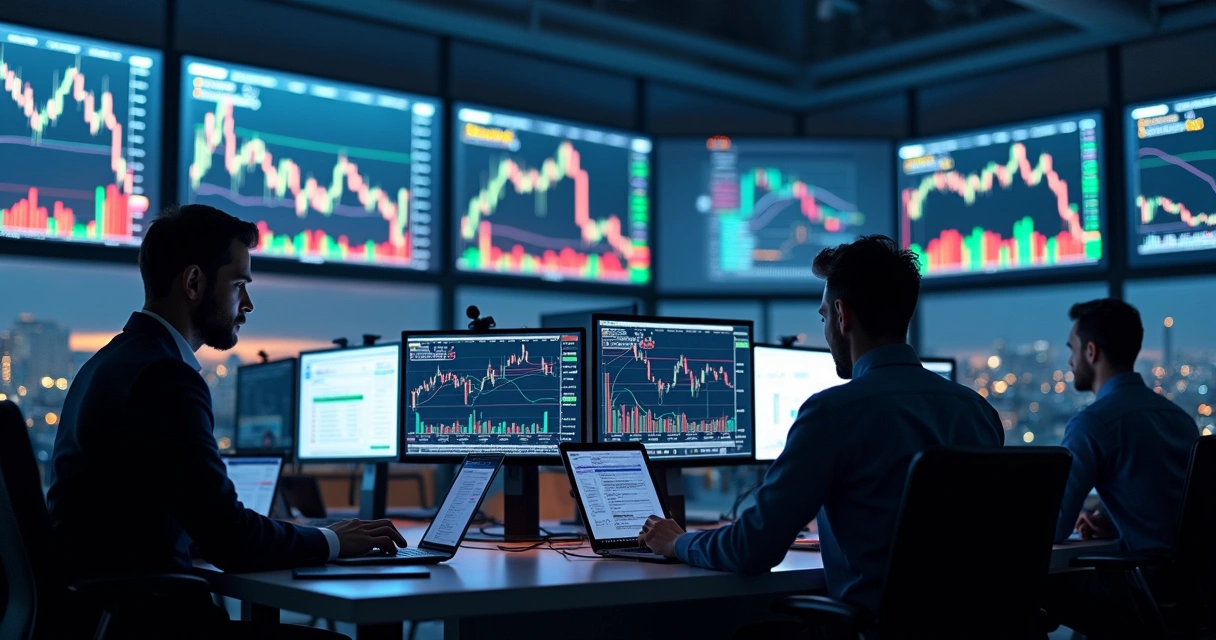
At its plainest, the more units traded, the more people (or algorithms, or funds) are active in that market for that moment. High traded volume often means liquidity: the ability to swiftly buy or sell without distorting the price. But it can mean something else, too—perhaps a new idea taking hold, a news event shaking confidence, or institutional hands moving in stealth.
- Liquidity comes from the crowd: more traders, more contracts changing hands, tighter spreads, fewer gaps.
- Low traded quantity might signal uncertainty, or a market lacking participants, where wide spreads and sharp moves can happen out of nowhere.
- Shifts in the numbers often come before, or at the same time as, major price swings. Sometimes the traded amount leads, sometimes it follows.
These aren’t just academic ideas. According to statistics from the U.S. Securities and Exchange Commission, changes in transaction numbers and liquidity precede many of the largest moves across both stocks and bonds. A drop in market “depth,” as the Federal Reserve reports, creates an environment where the ordinary quickly turns extraordinary. It only takes a spark.
Liquidity is the bloodstream of the market. Lose it, and everything changes.
Institutional and retail views: why do they care about traded quantity?
Retail traders—those trading on their own, sometimes with small capital, sometimes scaling up with funded accounts—often see traded quantity as a confirmation tool. For them, a sudden swell signals “something happening.” Is this breakout for real? Is the reversal real or just a fake-out? Did that news actually move big players?
But for institutional traders, the numbers are more than confirmation. These are the clues for detecting footprints, managing risk, and hiding intent. Institutions trade far larger quantities than typical individuals, often trying to enter or exit positions quietly. For this reason, a single spike in activity, or unusual flows during normally quiet times, sets off alarm bells.
- Institutional Trading Academy programs, for example, teach volume as both a defense and an attack—protection against being caught by surprise, and a tool to spot when “whales” enter the waters.
- Many strategies hinge on whether the market is liquid or thin. Not every setup works in both cases.
- Some asset managers, as highlighted in Federal Reserve Bank of New York discussions, report significant struggles executing larger trades in recent years, despite lower bid-ask spreads. This “hidden illiquidity,” masked by average stats, only became visible when watching traded amount beneath the surface.
In summary, whether one is submitting a single contract or a block order, the underlying traded volume defines what is possible, what is risky, and sometimes, what is wise to avoid.
How trading volume shapes market participation and liquidity
High or low activity doesn’t just appear out of thin air. Each trade is the result of someone buying and someone selling at a price they both (at that moment) accept. But put several thousand traders together? Things get much more interesting.
More participants in a market typically mean better liquidity, which leads to:
- Less slippage on trades
- Tighter bid-ask spreads
- Shorter time to execution
- Prices that move at a more “predictable” pace
But when transactions dry up, a single large order can throw prices wildly, causing gaps, spreads to widen, or even sudden flash crashes. This is why government studies, like those from the Bank for International Settlements, pay such close attention to money flows, transaction costs, and how central banks shape market background.
Market flow: the river beneath the surface
When traders speak of “market flow,” they usually mean the net effect of all this activity—a living, breathing river of intent. Is the flow strong, pushing prices powerfully up or down? Or is it mostly noise, with little conviction?
- Strong “flow” pulls liquidity with it, sometimes drying up the limit orders in the book and accelerating price movement.
- Weak flow gives time for participants to react, reposition, and avoid being caught on the wrong side.
- Price can fool. Volume reveals.
It’s a blunt statement, but many would agree: sharp moves without robust participation tend not to last.
Methods to analyze traded volume: going beyond the basics
Charts display candlesticks, moving averages, indicators. But to really “read the tape,” traders use tools that break quantity into manageable, revealing chunks.
Order flow: who is pushing and where?
Order flow analysis zooms into the details of trades as they happen. Rather than only seeing a bar at the bottom of the chart, order flow looks at:
- Whether trades happened at the ask or bid price (aggressive buyers or sellers)
- Time and sales columns (who is active and when?)
- The balance of market and limit orders, sometimes visualized as a “footprint” chart
When a rush of contracts gets filled at the ask, especially after a dull period, it often marks a new wave of buying conviction. Conversely, a rush at the bid suggests urgent selling.
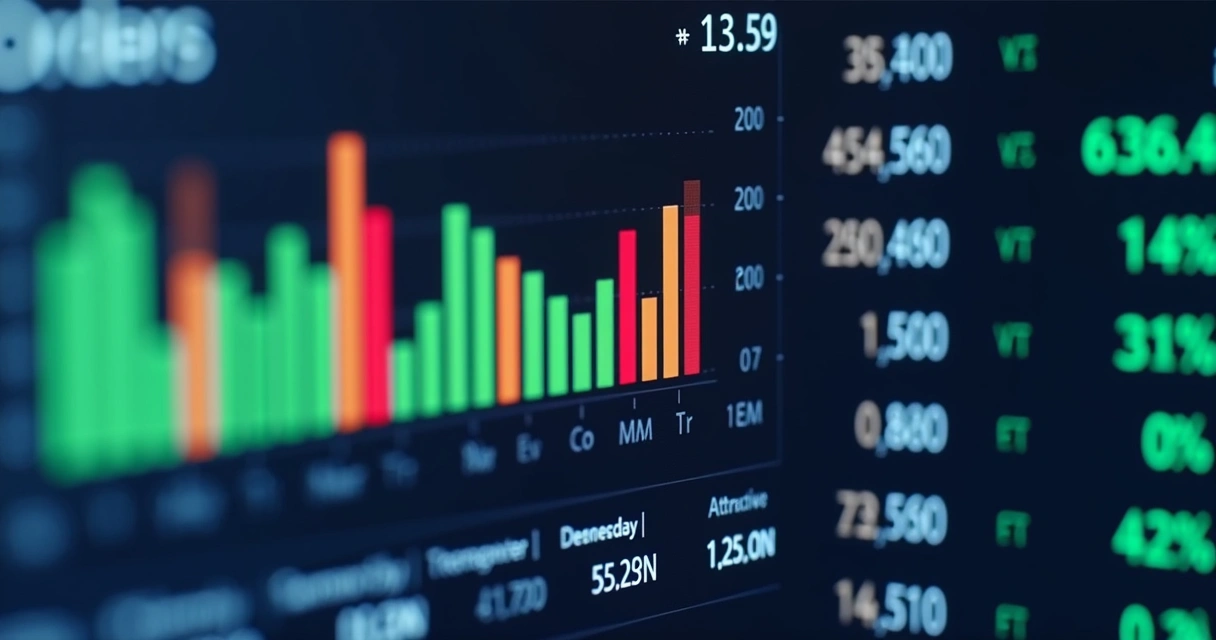
However, interpreting this isn’t always straightforward. Sometimes, spikes simply clear out existing orders, only for the move to reverse. Sometimes, what looks like panic is actually patience from larger players. Experience—and plenty of study—is needed.
Volume profile: where did most of the action happen?
Volume profile is different than just showing bars at the bottom of the chart. Instead, it stacks all traded contracts by price level, like a sideways histogram draped over the price axis.
- What’s the benefit? It tells traders where the “battle” happened. Did trades cluster at a certain price? Was there a sudden gap in participation?
- The point of control (POC) is the price with the most traded activity for that period. It’s often a level to watch for bounces or sudden breaks.
- Low volume nodes indicate potential “fast lanes” for price to rush through, since not much business was done there.
For traders at the Institutional Trading Academy, understanding these areas means answering: should I join the crowd, fade them, or step aside and wait?
Volume and price action: the context matters
It’s tempting to separate quantity from price, but they often tell one story together. Some classic relationships:
- During an uptrend, steady increases in traded activity on each rise and declining numbers during pullbacks often “confirm” strength.
- In reversals, a spike in contracts on a new move against the trend may mark a shift in conviction.
- Breakouts “fueled” by growing transaction numbers tend to be more genuine, while weak, low participation moves often reverse.
- When price leaps but few join in, suspicion should be high.
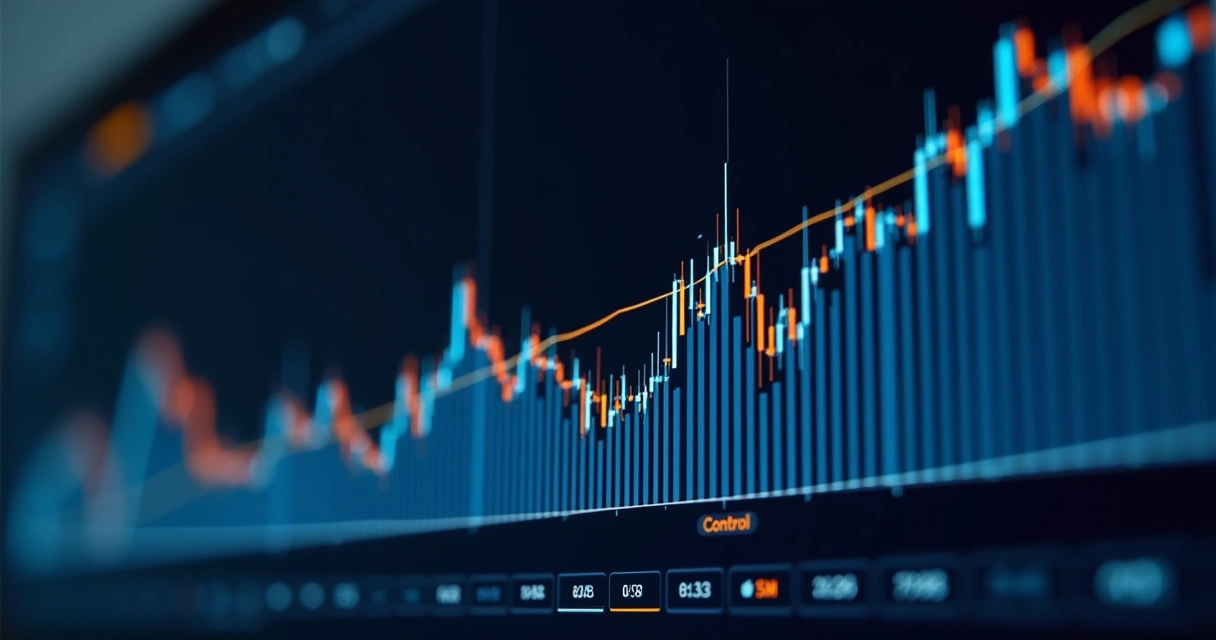
Volume and risk management: a trader’s safety net
Even the sharpest entry can fall apart if liquidity is thin. For both individual and institutional traders, managing risk means gauging how easily a position can be entered or exited without moving the market. At Institutional Trading Academy, the phrase “never trade in a vacuum” is repeated often.
Consider a sudden drop in active participants in the middle of a major market. Perhaps a holiday, or news pending. Some traders charge in regardless, only to find themselves trapped, unable to close out without taking large losses.
Large transaction numbers signal safety for bigger trades, but also more “eyes” watching—meaning, easy to get lost in a crowd. On the other hand, quiet times let the nimble move undetected, but at the cost of higher slippage and possible price “air pockets.”
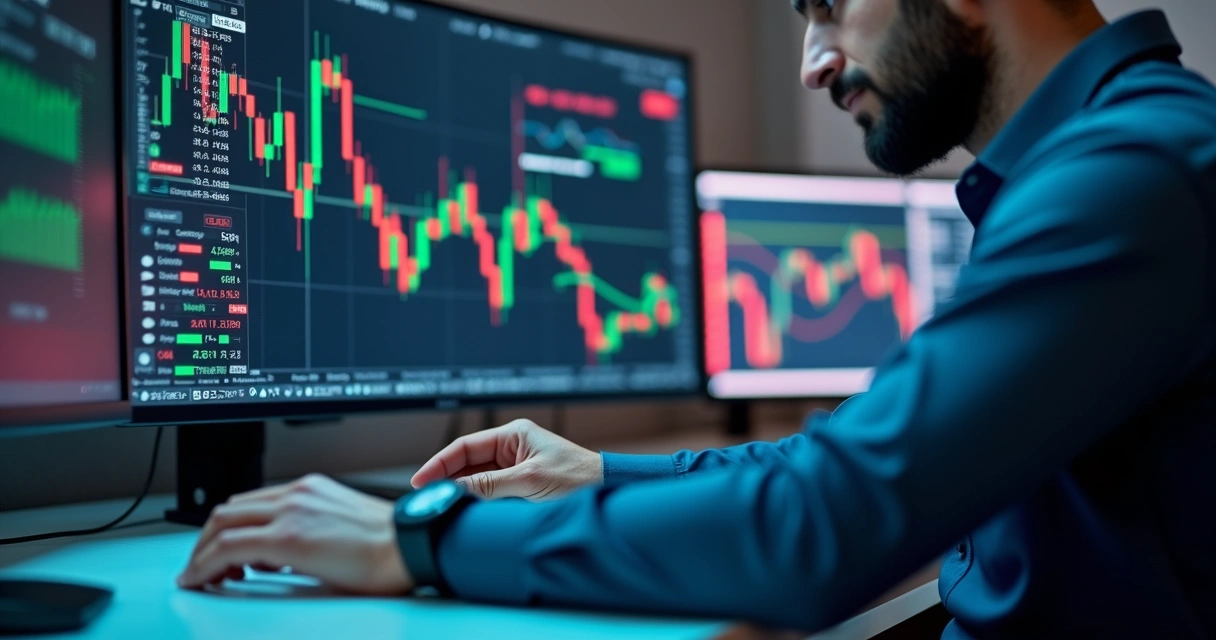
The Federal Reserve Board has pointed to periods of “excess liquidity,” where even poor quality securities were easy to buy and sell. When liquidity dried up, defaults and mispricings followed.
So, in real terms:
- If a trader can’t get out at their planned price, the loss grows fast.
- Accounting for typical transaction numbers at expected entry and exit points helps keep risk tolerable.
- Watching for sudden changes in activity is a habit worth building.
Volume-based strategies among professionals
Institutions and seasoned traders often structure strategies around activity in the market. Some patterns:
- Stealth accumulation or distribution: Buying or selling in small batches to avoid detection, only showing in subtle shifts in the numbers.
- Liquidity hunting: Forcing moves into areas where there are fewer resting orders—a sudden spike in trades can flush out stop losses.
- Fade the crowd: When too many pile in at the peak, enter on the other side, betting on exhaustion.
- Follow the leader: Tracking blocks of trades typical of institutional activity, riding their coattails.
At Institutional Trading Academy’s about page, the emphasis is clear: treat traded amount not as random noise, but as the very “language” big players use to mask and reveal their intent.
Combining traded quantity with other tools
No experienced trader depends only on a single indicator. Instead, they combine money flow data with moving averages, RSI, support/resistance, and, of course, price action context.
- Breakout strategies become effective when supported by rising contract counts.
- Mean reversion setups improve when fading low participation “false” moves.
- Anomalous activity near economic news or major earnings can hint at insiders or prepositioned funds.
Common volume indicators and how they shape decisions
A modern platform comes packed with indicators. Retail traders sometimes get lost in the choices, while professionals know the tools but ask sharper questions: “What is this really telling me?” “Is it real, or lagging?”
Popular indicators: a quick list
- Volume bars/histogram: Simple, appears under every price chart, shows aggregate traded activity for each period. Useful for spotting spikes or anomalies.
- On Balance Volume (OBV): Sums up transactions, adding when price rises, subtracting when it falls. The trend in OBV often “leads” price in theory.
- Money Flow Index (MFI): Merges price and money changes, attempting to signal overbought or oversold readings based on participation.
- Accumulation/Distribution (A/D): Weighs up/down moves with the level of contracts, aiming to highlight whether smart money is quietly buying or selling.
- Volume Weighted Average Price (VWAP): Computes the average price, weighted by quantity, over a session. Used as a benchmark for fair value.
Each comes with drawbacks:
- Lag—by the time a signal appears, smart money may already have left.
- False positives—sometimes a volume spike is a one-off, not a trend.
- Context sensitivity—tools can flip meanings in sideways or trending markets.
Still, when combined with other checks and an eye for context, these indicators form the backbone of disciplined strategies. Many trading education resources stress not just learning them, but knowing when to trust—or question—their signals.
A spike is a shout. A long build-up is a whisper.
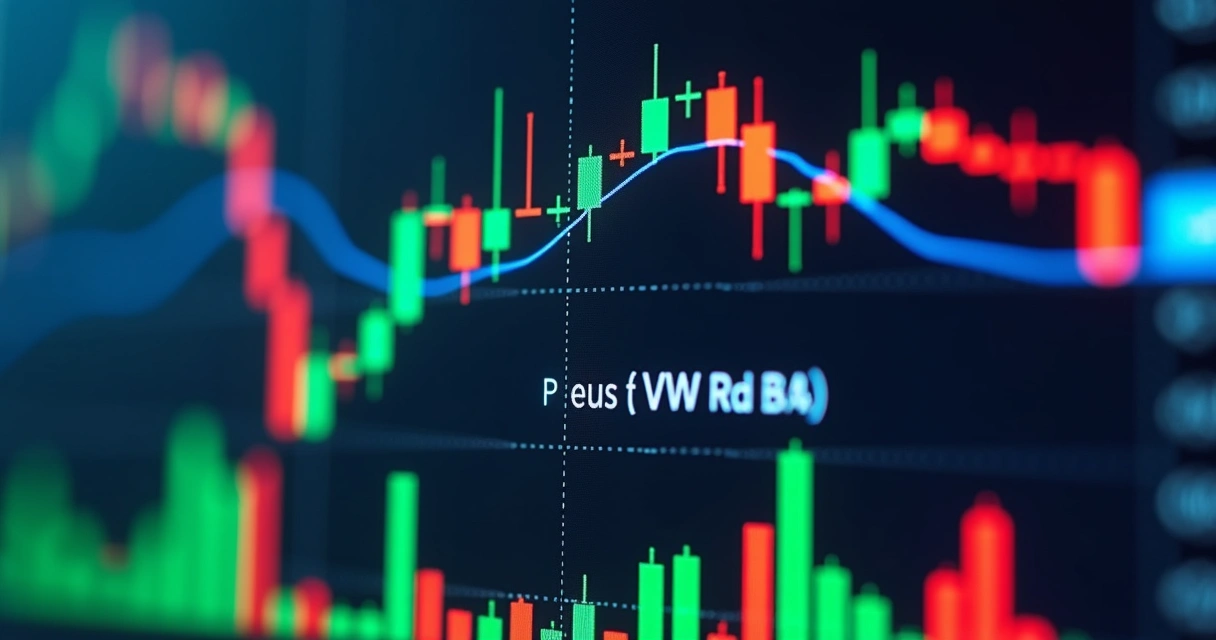
Real-world examples: from the chart to the decision
Theory, of course, carries only so far. A practical example:
- It’s the morning after a major news event. The initial candle bursts above a key level, but on paltry activity.
- A few bars later, price hesitates. Suddenly, a heavy green bar appears under the next candle, matching a sharp move up. Now the whole market seems to notice.
- Many traders will jump in at this point—some wisely, some chasing late.
- If, in the next wave, quantity begins to shrink even as price rises, that’s a known “exhaustion” tell. Professionals lighten up. Newcomers often get trapped at the highs.
Or, another scene:
- Afternoon session, low activity, a sudden drop in contracts traded. Spreads widen. A handful of traders try a breakout, but every push fizzles—nobody joins the party.
- Experienced eyes step aside, or even trade against the move. This is the benefit of knowing the difference between price and participation.
Institutional Trading Academy mentors often walk students through such cases, driving home that learning how to read participation is as practical as learning to use a stop-loss. Combined with technical tools and real-time habit, recognizing flow becomes second nature.
Actionable steps: integrating volume analysis into your trading routine
- Begin each session with a review: Note yesterday’s and overnight transaction data. Are we starting with high or low participation?
- During setup selection, check the context: Is the planned entry near a cluster of traded contracts or a “fast lane” with little activity?
- Watch for confirmation—or contradiction: Does the actual move get supported by a surge, or does it fizzle with low numbers?
- Mind the time of day: Opening and closing sessions have naturally larger swings in participation. Don’t compare noon to 9:30am.
- Adapt your position size: Trade smaller in thin markets. Be steady but alert when flows pick up.
- Keep a log: Track not just price and outcome, but also note transaction behavior for your entries and exits. Patterns emerge with habit.
For those wanting to practice, analysis tools are available from various platforms and within structured programs such as Institutional Trading Academy offerings. A deeper understanding often comes not from reading, but from seeing the concept play out live, backed by real-time feedback or community discussion. Some share their learning journeys and insights on the ITA community blog as well.
Misconceptions and pitfalls: what volume doesn’t always say
It’s easy to see a whopping bar under a candle and think “time to buy” or “someone knows something.” Reality is more complicated.
- Not every spike is meaningful. Sometimes, a scheduled event like contract expiry or index rebalancing causes huge, but temporary, bursts of activity.
- Low participation doesn’t always spell danger. In slow sessions, great moves can emerge from patience—if the context fits.
- Lag is real. By the time an indicator reacts, the “smart money” may have already moved on.
- Different markets, different signatures. Commodity futures, stocks, Forex—they all behave a bit differently. Learning the normal patterns for your chosen market is worth the effort.
- No single tool has all the answers.
The best defense is humility—and context awareness. If in doubt, traders can always check the Frequently Asked Questions to refresh foundational ideas or clarify misunderstandings about trading metrics and methodology.
Conclusion: The real edge lies beneath the price
Traders who succeed rarely do so by accident. Experience, skill, and, especially, a careful awareness of participation separate those who thrive from those who chase their tails. Every market tick is a tiny story of agreement and disagreement, and the total number traded is the sum of all conviction at that instant. Volume is never the whole story—it doesn’t predict, doesn’t guarantee—but it points to where attention must go.
Modern trading, whether with one’s own capital or through innovative funding options like those from Institutional Trading Academy, hinges on reading both the price and what lies beneath. By pairing quantity analysis with sound risk management, strategies, and self-discipline, each participant is better equipped to handle surprises and spot the clues left by bigger hands.
The next step is practical. If you’re committed to trading smarter, not just harder, consider connecting with the community and exploring tailored account options suitable to different profiles at Institutional Trading Academy. Your trading journey is a marathon, not a sprint; the best allies are knowledge, discipline, and the willingness to learn where the real signals come from.
Frequently asked questions
What does trading volume mean?
Trading volume measures the total number of units or contracts exchanged over a set period in any financial market. It reflects how actively that asset or security is changing hands, helping traders gauge participation, liquidity, and sometimes even sentiment shifts. Markets with higher traded quantities tend to be more liquid, making it easier to enter or exit at desired prices.
How does volume affect market prices?
Trading volume impacts how easily prices move; higher levels usually lead to tighter spreads and more stability. During sudden increases in traded quantity, price swings can be sharper—especially if those moves reveal new buying or selling conviction. Thin markets, with fewer trades, are prone to wider price jumps, slippage, and unpredictable gaps.
Where can I see real-time volume data?
Most modern trading platforms provide transaction and order flow data as default, including histograms, profile overlays, and sometimes even real-time time & sales feeds. For comprehensive activity and liquidity statistics, many refer to official sources like the U.S. Securities and Exchange Commission’s data resources and financial news feeds tracking daily or session metrics.
Is high trading volume always good?
Not always—high transaction numbers can mean conviction, but sometimes just reflect one-time events, noise, or even increased volatility. Extremely large spikes may actually mark turning points or exhaustion. On the other side, low activity isn’t always dangerous, but does require caution, as there may be less liquidity to support quick entries and exits.
How can I use volume to trade?
A trader can pair traded quantity with technical setups: confirming breakouts with rising participation, spotting reversal attempts via exhausting spikes, and using tools like volume profiles, OBV, or VWAP to add context. The best results come from using these methods together, adjusting risk depending on liquidity, and, perhaps most importantly, learning typical patterns through practice—such as participating in funded account programs or simulated trading challenges offered at places like Institutional Trading Academy.

